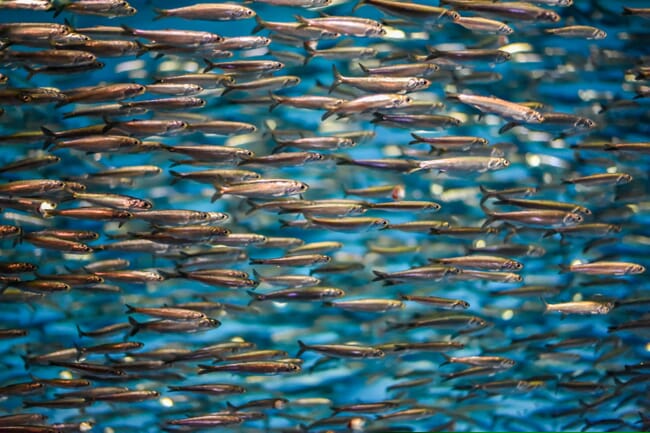
However, there are concerns that warming water off the country's central coast, could reduce the country's harvests
In Peru, which usually accounts for around 20 percent of global fishmeal and fish oil production, recent observations show unexpected sea warming off the central coast, despite El Niño weakening. In the northern, central area, the next acoustic research cruise for the first fishing season of 2024 is expected to commence mid-February.
IFFO’s preliminary estimate of the overall cumulative fishmeal production for the countries (Peru, Chile, Denmark, Norway, Iceland, UK, Ireland and Faroe Islands, USA, South Africa, Ivory Coast and Mauritius, Spain) analysed in its reports is at around 1.738 million metric tonnes in 2023, around 23 percent less than in 2022.
The primary factor contributing to this decline can be attributed to the 52 percent yearly decrease in Peru, whose fishing activities were heavily affected by the El Niño phenomenon, with the cancellation of the April-June fishing season in the north-centre, and a lower than average fishing quota for the last quarter of the year. Interestingly, the European countries analysed in this report were the only ones to show an increase in cumulative fishmeal output in 2023.
Regarding fish oil, the total output in 2023 was down by 21 percent compared to the previous year. The significant supply drop in Peru (down by 85 percent year-on-year) was the main cause of this negative performance, resulting from both fewer landings and lower oil yields.
Chile was the only region that managed to register a yearly increase in production, thanks to healthier catches and higher-than-average oil yields in the southern regions.
Reduced demand from China
On the trade side, IFFO attributes the year-on-year drop in China's 2023 fishmeal imports to the falling prices in both pig and aquaculture markets. The aquaculture sector finds itself in a quandary due to an oversupply of aquatic products and a sluggish demand. According to the China Feed Industry Association, aquafeed output in 2023 recorded a 4.9 percent year-on-year decrease. Industry insiders don’t expect much change in the first half of 2024.
The pig sector, which is a significant user of marine ingredients in feed, continues to grapple with an oversupply. According to the latest release from China's National Bureau of Statistics, pork production in 2023 increased by 4.6 percent year-on-year - the highest production since 2014. In turn, pig feed output increased by 10.1 percent year-on-year in 2023. Oversupply and higher feeding costs are squeezing pig farmers’ margins, forcing them to drastic cost-cutting measures, including the adoption of new feed formulations.




